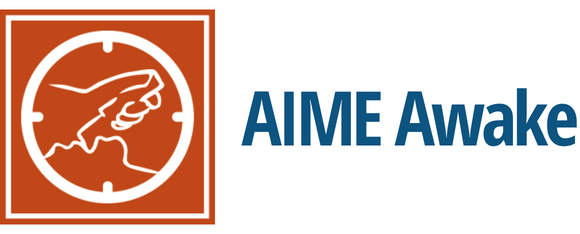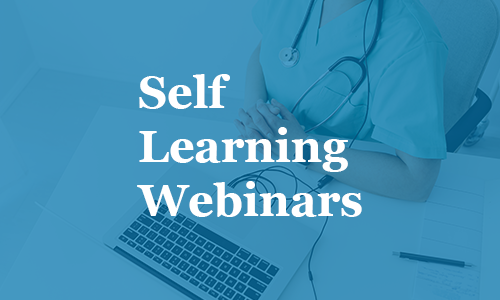
Airway Intervention and Management in Emergencies (AIME) will provide a practical approach for airway management in emergencies.
This program is designed for physicians working in an acute care setting requiring them to competently manage patients in need of emergency airway management.
Learning Objectives
At the end of this program, the learner can expect to:
- Be more confident and comfortable in making acute care airway management decisions.
- Have acquired a practical staged approach to airway management.
- Be able to choose the most appropriate method of airway management based on a variety of patient presentations.
- Make appropriate choices in the use of pharmacologic agents used to facilitate airway management.
- Learn how to optimize patients prior to airway management.
- Know when and how to use various tools and adjuncts for managing the difficult airway.









